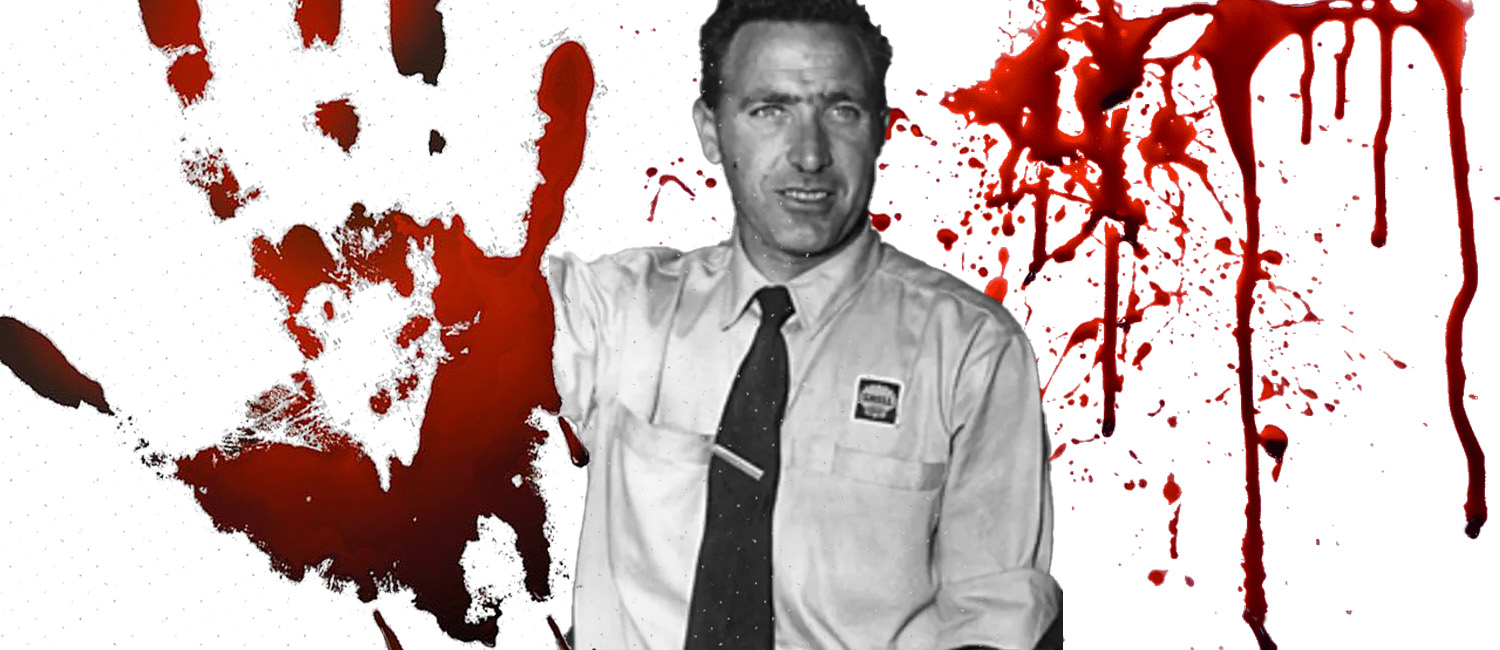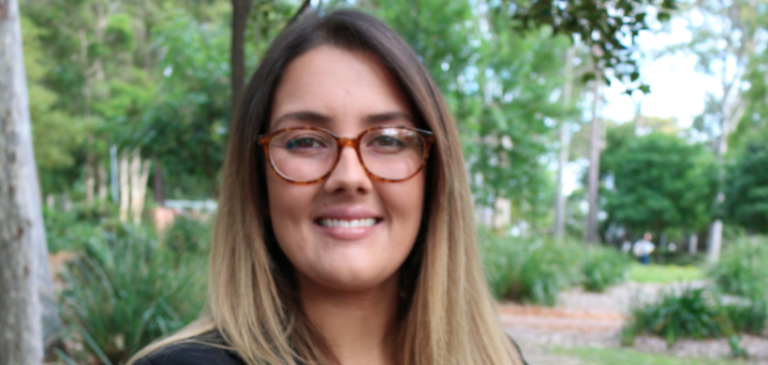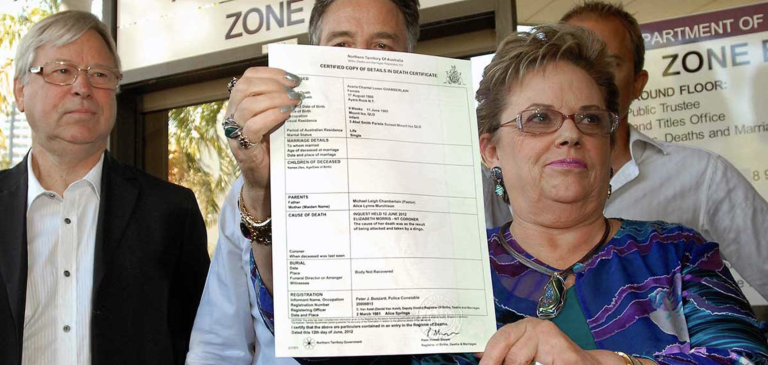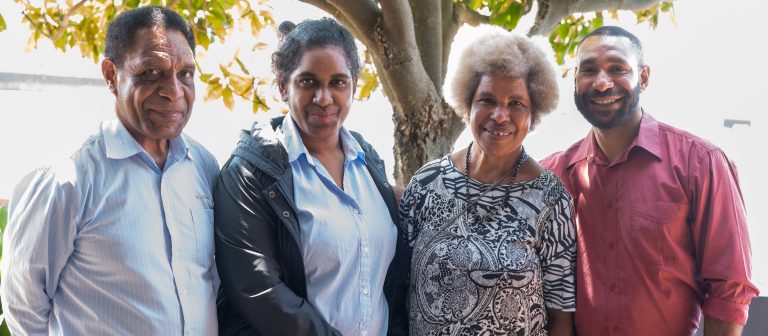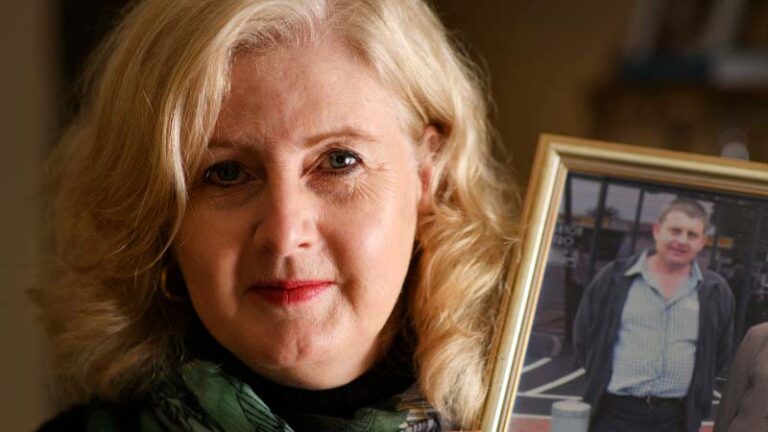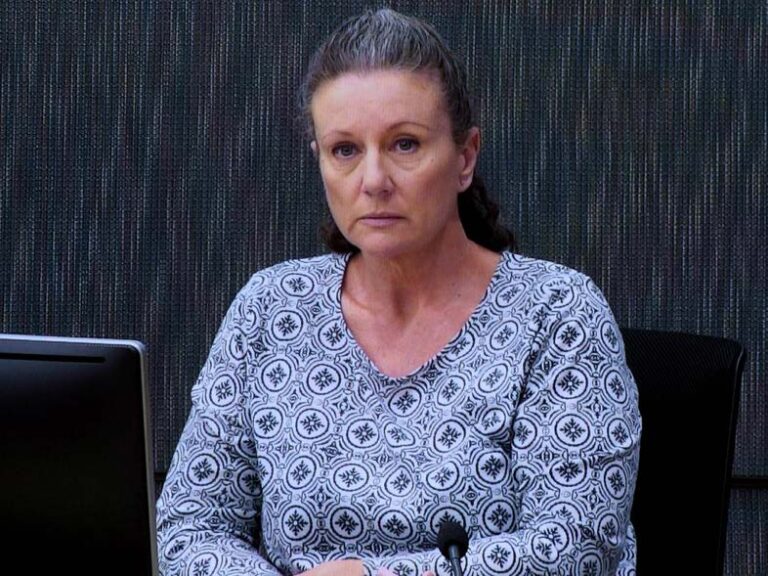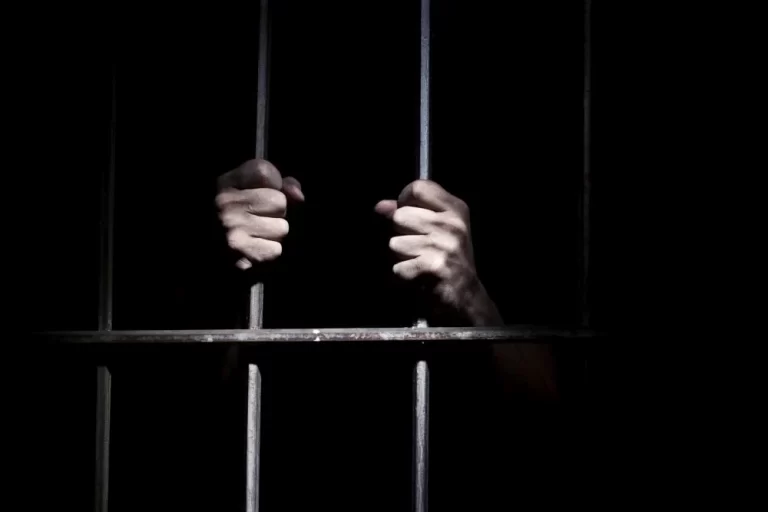Alexander McLeod Lindsay
Table of Contents
McLeod-Lindsay Background
Mr Alexander McLeod-Lindsay was born on 24 December 1934 and died on 17 September 2009. He was born in Scotland and migrated to Australia when he was16 years old. He came to Australia under the Assisted Migration Scheme. He did an apprenticeship in the printing trade and served in the Australian Citizens Military Forces (now known as the Reserve Army). In 1956 he married Pamela Parsons. They had three children. They purchased a house in the Sydney suburb of Sylvania, New South Wales. He worked at Miranda Autoport during the day and as a waiter at the Sylvania Hotel at night.
Conviction, Appeal, and Inquiries
On 5 March 1965, Alexander McLeod-Lindsay was found guilty by a jury at the Central Criminal Court, Sydney, New South Wales, of feloniously wounding his wife Pamela Frances McLeod-Lindsay with intent to murder her. Feloniously wounding with intent to murder can otherwise be called attempted murder. The trial commenced on 1 March 1965 before Justice Athol Moffitt. Alexander McLeod-Lindsay was sentenced to penal servitude for 18 years. On 3 August 1973, he was released on parole from gaol having been in custody since his arrest on 28 September 1964. His parole expired in 1982.
His case was appealed to the New South Wales Court of Criminal Appeal in 1965. The Court upheld the jury’s verdict.[1]
The Lieutenant-Governor of New South Wales on 21 July 1969, following a petition from Mr McLeod-Lindsay, gave directions to Justice Lee to hold an Inquiry into the conviction pursuant to Section 475 of the Crimes Act 1900.[2] On 2 October 1969 Justice Lee presented a report in which he said he considered the whole of the evidence and formed the opinion that the jury’s verdict of guilt was correct.
Although there was no motive for the attack Justice Lee is reported as saying: ‘Having considered the whole of the evidence … the jury’s verdict of guilty was correct and there was no doubt as to Mr Lindsay’s guilt’.[3] A Citizens Committee had campaigned for the Inquiry held by Justice Lee, this committee included Lady Herron the wife of the Chief Justice of New South Wales.
In July 1990, an application was made to the Supreme Court on behalf of Mr McLeod-Lindsay to have a second Inquiry, again pursuant to Section 475 of the Crimes Act 1900. This application was considered by the Honourable Mr Justice Loveday on 27 August 1990. He directed that an Inquiry be conducted by a Justice of the Peace nominated by the Chief Justice. On 28 August 1990 the Chief Justice nominated Justice Loveday to conduct the Inquiry.
Second Inquiry Conclusions
On 29 July 1991, Justice Loveday provided a report to the Governor of New South Wales in which he concluded the following:
At the first inquiry the medical evidence could be said to have given some support to the Crown case that the attack took place just before 9.30pm on 14 September although Lee J regarded this support as of a ‘rather insubstantial nature’ 2(Fr 48). Before me there was substantial medical evidence suggesting that the attack took place much later, probably between 11pm and midnight.
This substantial medical evidence would, however, be insufficient to overcome the Crown case if that case on the blood stains had remained as it was before Lee J. No doctor was prepared to say that 9.30pm was an impossible time for the assault to have occurred. I would have been compelled to find the new evidence as a probable time was insufficient to raise a reasonable doubt.
Having found that there is a reasonable doubt on the Crown case however, I can say this new evidence increases that doubt. [4]
As is the case with most inquiries that find a reasonable doubt, Justice Loveday relied upon new evidence, despite both the paucity of the evidence at trial and the overstated and unreliable expert evidence lead by the prosecution. In Mr McLeod-Lindsay’s case the unreliable evidence was about the dynamics of blood splatter. The McLeod-Lindsay case was mainly based on speculation and suspicion. Such evidence can result in miscarriages of justice, and subsequent refusal by courts of appeal to accept what should be seen as unreliable evidence given at trial.
In his conclusions about blood stains Justice Loveday noted that the Crown case relied upon the blood stains found on Mr McLeod-Lindsay’s clothing as having been caused by impact splatter. That is, that Mr McLeod-Lindsay’s clothes were blood stained when he used the jackpick to strike his wife. Justice Loveday stated:
The experts are unable to point to any stain or stains on any part of Mr Lindsay’s clothing that must be impact splatter and impact splatter alone. (Mr Howell might be thought to have done so but he had given no thought to expiration splatter).
There are credible alternative explanations for all of the stains on Mr Lindsay’s clothing, namely a combination of arterial spurting, expirated blood, and ‘bouncing blood’.
Mr Lindsay’s clothing could have been innocently stained in the manner described in the preceding paragraph while assisting his wife at the scene and / or standing near her at the hospital.
For the reasons stated in paragraphs 4 – 7, there is a reasonable doubt as to Mr Lindsay’s guilt on the basis of the blood stain evidence. [5]
Crown Case at Trial
The Crown alleged that shortly before 9.30pm on 14 September 1964, Mr McLeod-Lindsay left his place of employment at the Sylvania Hotel and drove to his home at 24 Amaroo Street, Sylvania Heights. According to the Crown he parked his car in the street, and walked into his home where he assaulted his wife with a steel jackpick. It was claimed that during the assault on his wife that he accidentally struck his four-year-old son Bruce and severely injured him. The jackpick was found at the scene and had been used by Mr McLeod-Lindsay to keep his garage door open. The jackpick was a metal rod about 61 centre metres long and weighing 3.3 kilograms.
The evidence showed that Mrs McLeod-Lindsay was struck six times. The wall near the wardrobe had gouge marks made by a jackpick, as did the side of the wardrobe. There were blood stains in various parts of the house.
Mr McLeod-Lindsay, according to the Crown, was wearing black trousers, black shoes, a white shirt, a black cummerbund, a black bowtie, and a blue-grey wind jacket at the time of the assault. His clothing was blood stained, and the Crown alleged that most of the staining occurred during the assault.
After assaulting his wife shortly before 9.30pm and leaving her to die, the Crown claimed he walked back to his car carrying a large torch and drove back to the hotel. The Crown alleged that between 10pm and midnight he continued to work at the hotel wearing the same clothing that he wore during the assault, except for the wind jacket that he had placed in his car either before returning to work or after work.
The Crown case that Mr McLeod-Lindsay assaulted his wife shortly before 9.30pm was undermined in the defence case as noted in the description of the defence case provided in the Court of Criminal Appeal judgment. The Court of Criminal Appeal decision included the following description of the defence case:
Mrs Morvan a member of staff, had seen the appellant quite often during the evening. She placed the incident to which Sgt. Wild deposed at about 9pm and she spoke to the appellant about 10 minutes later. The conversation continued until 9.20pm or 9.30pm. Mr Stringer also saw him but could not recall the times with any precision. Mr Tucker, who had gone to the hotel on a night when the appellant did not usually work there, on the chance of talking to him about some repairs to his motor vehicle, arrived at 9.30pm. He said he saw the appellant just after he arrived and again five to ten minutes later, and that he soke to him at about 9.55pm.[6]
Justice Brereton said of the proposition that the jury could not be satisfied beyond reasonable doubt:
I do not imagine that every jury would have been satisfied beyond reasonable doubt, but that is no more relevant than the fact, if it were the case, that we ourselves did not feel so satisfied. It is not our function to retry the case. [7]
The Court of Criminal Appeal made it clear that the strength of the Crown case lay in the evidence about blood stains, and that its weakness was that the evidence tended to show he did not commit the crime.
It was common ground that Mr McLeod-Lindsay left the hotel shortly before midnight and drove home. The Crown case was that his discovery of his wife at this time was designed to cover his involvement in the assault upon her. Upon his arrival home he sought assistance from neighbours, the first of whom, Victor Thomas Charles Baldrey, entered the McLeod-Lindsay home shortly after 12.20am on 15 September 1964. The house was in darkness when Mr Baldrey entered it, the only light available being from Mr McLeod-Lindsay’s torch.
Mrs McLeod-Lindsay was seen by Mr Baldrey to be lying in the doorway of the bedroom with her head in the corner between the wardrobe and the bedroom wall. She was partly naked, and her pyjama trousers were blood stained and found in the bathroom. Mr McLeod-Lindsay was kneeling beside his wife and the three McLeod-Lindsay children were also present. A neighbour, Mr William Frederick Gladwell, turned on the lights in the fuse box at the side of the house. The Crown claimed that Mr McLeod-Lindsay had switched off the lights.
Defence Case at Trial
Mr McLeod-Lindsay gave evidence on oath that he did not assault his wife or son, and that he had not left the hotel between about 7.30pm on 14 September 1964 and after midnight on 15 September 1964. He also called witnesses to establish his presence at the hotel.
Mrs McLeod-Lindsay was brain damaged as a result of the attack and lost the sight of her right eye. She gave evidence at trial in favour of her husband. This evidence was obviously rejected by the jury and by the judges of the Court of Criminal Appeal. Justice Brereton stated about her evidence:
What she said was that she was awakened by a thump of wood against wood in the back verandah, and heard the family dog walk across the lino. She heard a man’s voice speak to the dog, but could not hear what was said; however, it was not her husband’s voice; he had a marked Scots accent; it was an Australian voice. She heard the dog whimper, but it did not bark; the man spoke and the dog gave a loud whimper; she heard the man push it out the door. “By this time”, she said, “I was very annoyed so I decided to get up and have a go at the man”. She did not call out; “I was being sneaky about it”, “I was being very quiet and was going to catch him”. She started to walk towards the door, and woke up in hospital.
She had admittedly suffered a substantial retrograde amnesia but said that some four weeks after the attack her memory had partly returned. [8]
Mr McLeod-Lindsay’s evidence that he was present at the Sylvania Hotel at the time the prosecution claimed he was attacking his wife was supported by the evidence of hotel workers and others. Moreover, he was supported by evidence given by his wife that another person was present just before she was assaulted. Nevertheless, he was convicted. The first ground of appeal submitted on his behalf was that the verdict was unreasonable, this submission made on his behalf had strong direct evidence supporting it.
There was no direct evidence of an assault by Mr McLeod-Lindsay on his wife or son and the Crown had to rely on blood stains on his clothing, especially his wind jacket and trousers. It seems that the blood on his white shirt had an innocent explanation. The way the Court of Criminal Appeal overcame the problem of, at best, an extremely weak Crown case was to rely upon the evidence of experts about blood splatter. Justice Brereton stated:
… there was the evidence of Sgt Merchant, of the Scientific Bureau, who on this matter was treated as an expert by both sides, and by Dr Cramp that blood jetting from an artery could not have produced the spray of droplets exhibited on the wall, wardrobe, trousers and windjacket. Sgt Merchant in cross-examination, and in reply to some theoretical and hypothetical questions showed perhaps some understandable lack of conviction but Dr Cramp was positive and adamant.[9]
The evidence of blood was further considered with Justice Brereton concluding:
Over and above these individual answers to individual hypotheses, there was the dominating fact that the pattern and nature of the drops on the windjacket and trousers was in complete conformity with what appeared on the walls and wardrobe. It was exactly what one would expect to find on the attacker.[10]
Apart from the defence evidence about Mr McLeod-Lindsay’s presence at the hotel, the Crown created a series of possibilities that must have overcome the defence evidence. The Crown allegation was that there was an opportunity for Mr McLeod-Lindsay to have left the hotel shortly before 9.30pm until about 10pm. The evidence of Mrs Morven Elizabeth McLachlan was that at about 9.30pm she saw through her kitchen window a man walking in the direction of 24 Amaroo Street, the home of the McLeod-Lindsey’s. At first, she thought it was Mr McLeod-Lindsay but looked again and thought that the man ‘didn’t look tall enough’. The man she saw was wearing dark trousers and a jacket and was carrying a large torch. Another witness Mr Thomas Frederick Dawn arrived home at 9.35pm to 23 Amaroo Street and noticed a car parked in the street almost opposite his house. This vehicle was the same make and colour as Mr McLeod-Lindsay’s car except, Mr Dawn did not notice a roof rack, which was on Mr McLeod-Lindsay’s car. Mr Dawn thought someone in the driver’s seat of the car was wearing a white shirt. Some 15 minutes after Mr Dawn had arrived home, he saw the car leave.
Constable Wesley Raymond Jarvis gave evidence that he was in a car parked opposite the McLeod-Lindsay home from about 7.50pm to 8.50pm and that the porch light was on at the premises, but that he did not notice any movement.
Detective Sergeant Morris James Wilde and Detective Sergeant Brendon John Wheelan arrested a man at the Sylvania Hotel on the evening of 14 September 1964 and saw Mr McLeod-Lindsay there at 9.05pm.
The flimsy evidence given by neighbours and police allowed Justice Lee to determine at the first inquiry that it was Mr McLeod-Lindsay who was seen at about 9.30pm in Amaroo Street by Mrs Morven McLachlan, and therefore the crime was committed shortly before 9.30pm by him.
Prosecution Failure to Exclude Alternatives
Rather than considering the case as a whole the police and prosecution, targeted one person. The Crown, in addition to unreliable blood stain evidence, relied on the fact that there were no signs of forceable entry into the house; no identifiable fingerprints other than those of members of the family; and an examination of Mrs McLeod-Lindsay that found no indications of a sexual attack.[11] Although, in the case of the sexual attack this ‘possibility’ was not completely excluded.[12] In other words, the prosecution, without any direct evidence, relied on the absence of evidence to prove guilt, and speculative expert evidence.
There was, ‘no suggestion of any motive for the offense on the part of the appellant or of anyone known to the appellant’.[13]
In Mr McLeod-Lindsay’s case experiments were conducted to determine if the blood on the clothing of Mr McLeod-Lindsay was placed there at the time of his wife’s injury. For example, a Dr Allen conducted ‘an experiment with his daughter, as a result of which he put forward an explanation, that Mr Lindsay, in drawing his wife to him, had allowed her head to flop thereby propelling blood including clotted blood on to his jacket’. Alternatively, there was a Professor McDonell who did not agree with this explanation.[14]
Justice Loveday found in the second inquiry other possible theories, stating the following:
The emergence of so many new theories throws open the possibility that there may be other (perhaps yet undiscovered or unrecognised) explanations for the blood stains on Mr Lindsay’s clothing. It is tempting, especially having regard to the exhaustive examination of a large number of experts at this inquiry, to conclude that no other explanation is possible. But “blood stain dynamics” is a new branch of forensic science most of the learning in the subject seems to have been acquired in the last 10 to 15 years. It is for the Crown to disprove the reasonable possibility of any other innocent explanation. It is at least arguable that it has not done so in the present state of scientific knowledge even disregarding the theories already advanced.[15]
At his trial, Mr McLeod-Lindsay had undermined the blood splatter position taken by the Crown and had established that he was not present when his wife was attacked. This should have been sufficient to have resulted in the jury and the Court of Criminal Appeal determining that the Crown had not proved its case beyond reasonable doubt.
Judgments
[1] Regina v McLeod-Lindsay, Judgement, Court of Criminal Appeal, No 38, 6 August 1965.
[2] Report of the Inquiry, Alexander Lindsay (formerly Alexander McLeod-Lindsay), 29 July 1991, page 1.
[3] Ibid.
[4] Report of the Inquiry, 29 July 1991, p 169.
[5] Report of the Inquiry, 29 July 1991, p 135, paragraphs 5 – 8.
[6] Regina v McLeod-Lindsay, Judgement, Court of Criminal Appeal, No 38, 6 August 1965, p.12.5
[7] Regina v McLeod-Lindsay, Judgement, Court of Criminal Appeal, No 38, 6 August 1965, p. 13.5
[8] Regina v McLeod-Lindsay, Judgement, Court of Criminal Appeal, No 38, 6 August 1965, pp. 14 – 15
[9] Regina v McLeod-Lindsay, Judgement, Court of Criminal Appeal, No 38, 6 August 1965, pp. 15 – 16.
[10] Regina v McLeod-Lindsay, Judgement, Court of Criminal Appeal, No 38, 6 August 1965, p. 17.7.
[11] Regina v McLeod-Lindsay, Judgement, Court of Criminal Appeal, No 38, 6 August 1965, p. 10.4.
[12] Regina v McLeod-Lindsay, Judgement, Court of Criminal Appeal, No 38, 6 August 1965, p. 10.5.
[13] Regina v McLeod-Lindsay, Judgement, Court of Criminal Appeal, No 38, 6 August 1965, p. 10.8
[14] (Report of the Inquiry, 29 July 1991, Page 134.)
[15] ibid
